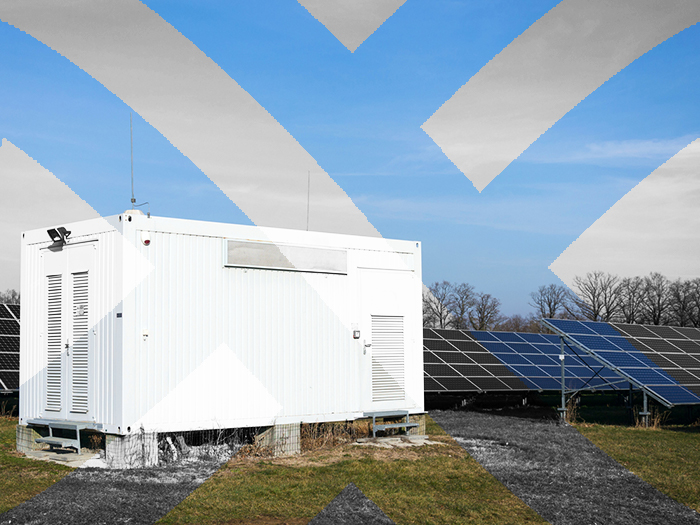Insights
better business decisions
Posted 3 years ago | 2 minute read

Ireland’s energy use and emissions rose in 2021, says SEAI
Ireland’s energy use increased by 4.3% last year resulting in a 6.3% increase in energy-related CO2 emissions, the Sustainable Energy Authority of Ireland (SEAI) has said.
In its Interim Energy Balance 2021, published on 4 May, SEAI noted that a combination of low-wind periods in 2021, and less rain for hydro-generation (wind energy and hydro energy outputs were down by 15.8% and 19.6%, respectively) meant that less electricity came from renewable sources. Coupled with temporary closures on some gas fired generation stations, this led to a tripling of coal and oil use for electricity generation – 7.1% of Ireland’s energy supply came from coal, more than double the share used in 2020. Fossil fuels accounted for 86.2% of Ireland’s energy supply share in 2021, up from 85.7% in 2020, this compares to 11.8% of supply from renewable energy, down from 13.3% in 2020.
It noted that energy security is essential for economic stability and growth, with indigenous energy sources considered more secure than imported energy.
Published in April, Ireland’s National Energy Security Framework introduces a number of measures while sticking to Ireland’s goal of reducing carbon emissions by 51% by 2030 and sets out a “whole-of-government” response to energy security with a key focus on enhancing affordability. It includes new supports for households and businesses in reducing energy costs, while endorsing enhanced energy efficiency and speeding up the introduction of “indigenous renewable energy systems”. There are also national plans aimed at increasing the renewable electricity share to 80% by 2030 and to develop energy storage technologies to mitigate variability in renewables.
But the Interim Energy Balance 2021 report noted that in 2021, Ireland imported 77% of its energy supply in 2021, up from 72.1% in 2020. Ireland imported 71.3% of its natural gas in 2021, up from 63.8% in 2020, while 28.7% of natural gas came from the Corrib gas-field in 2021, down from 36.2% in 2020.
Mark Davis, GridBeyond’s Managing Director UK & Ireland said:
“These figures highlight the challenges arising from Ireland’s high dependency on imported fossil fuels. There is an urgent need for Ireland to move to renewables to ensure clean and independent energy supply.
“Ireland has an opportunity to be a world leader in the energy transition, but policy certainty is required to attract the investment needed. Appropriate market signals are needed for demand response and battery storage projects to mitigate for an aging conventional generation fleet and compensate the increase in renewable generation.”

Webinar: Managing risk in the energy transition | How I&C can access a CapEx free battery
More and more businesses are choosing to add battery storage to their site, but for some the high upfront costs are a key barrier. In this webinar GridBeyond will explain how our Capex Free battery offering is supporting businesses across the UK and Ireland to install a battery system with no upfront cost.
Learn more





